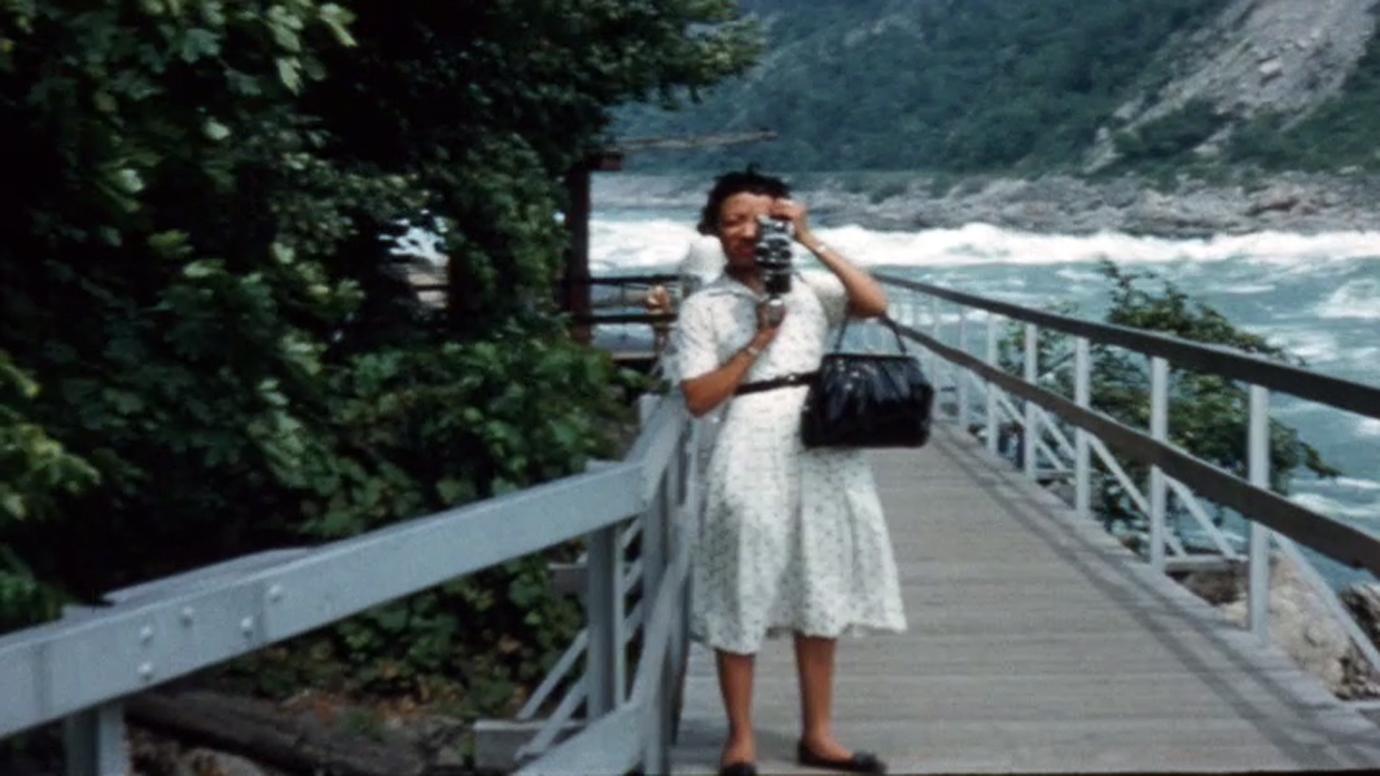From birthday parties to family holidays and picnics to parades, scenes from everyday life on the South Side of Chicago are featured in a new UChicago film preservation project that aims to reflect the history and diversity of families and communities.
More than 200 home movies shot from 1929 to 1982 make up the South Side Home Movie Project and its new digital archive. The project, founded and directed by Prof. Jacqueline Stewart, a renowned scholar of African-American film culture, is the culmination of 13 years of work to collect, preserve, repair and digitize home movie collections, including that of Stewart’s family, which lived in Princeton Park.
Although largely silent, the footage—shot on 8 mm, Super 8 mm and 16 mm film—speaks volumes to scholars like Stewart as well as the students and filmmakers who can benefit from these “unique documents of cultural and social history.”
“I’m interested in visual details of family and community life—the details that rarely make it into mainstream films or conventional histories of Chicago,” said Stewart, professor in the Department of Cinema and Media Studies and the College, who grew up in Hyde Park. “The movies we collect are intimate, first-hand visual records of work and play, of traditions and spontaneous acts. Scenes of families dancing or eating or traveling together personalize and illuminate aspects of our history that are often intangible, even in still photographs. And they activate memories, crucial knowledge and expertise that too often goes unrecognized.”
The free online archive contains film from Chicago neighborhoods ranging from Chatham to Bridgeport to Chicago’s East Side. Oral histories recorded by family members describing their home movies are available as companion works to the films. The digital archive is fully browseable and also allows visitors to add tags and comments to help identify places, people and events as part of the collective historical project.
“The movies we collect are intimate, first-hand visual records of work and play, of traditions and spontaneous acts.”
Through this new digital archive, and an active program of screenings and exhibitions across the South Side, the project has worked to ensure that this archive will be available to students, teachers, researchers, artists and filmmakers today and in future generations. Film clips may be downloaded for research and creative projects with written permission from the project.
“We are frequently approached by documentary filmmakers who have difficulty finding footage of family life in Chicago, particularly among African-Americans, during this time period,” Stewart said. “Also, having worked with local musicians who find inspiration in the poetic silence of these films, and high school students who use SSHMP films to reflect on pressing issues of gentrification and activism, we welcome inquiries regarding creative projects as well as research projects.”
The project is actively seeking participants to contribute their films and stories to the archive.
The project is supported by the University of Chicago's Division of the Humanities, the Center for the Study of Race, Politics & Culture, the Film Studies Center, the Reva and David Logan Center for the Arts, the Women’s Board of the University of Chicago and the Office of Civic Engagement’s Community Program Accelerator.







